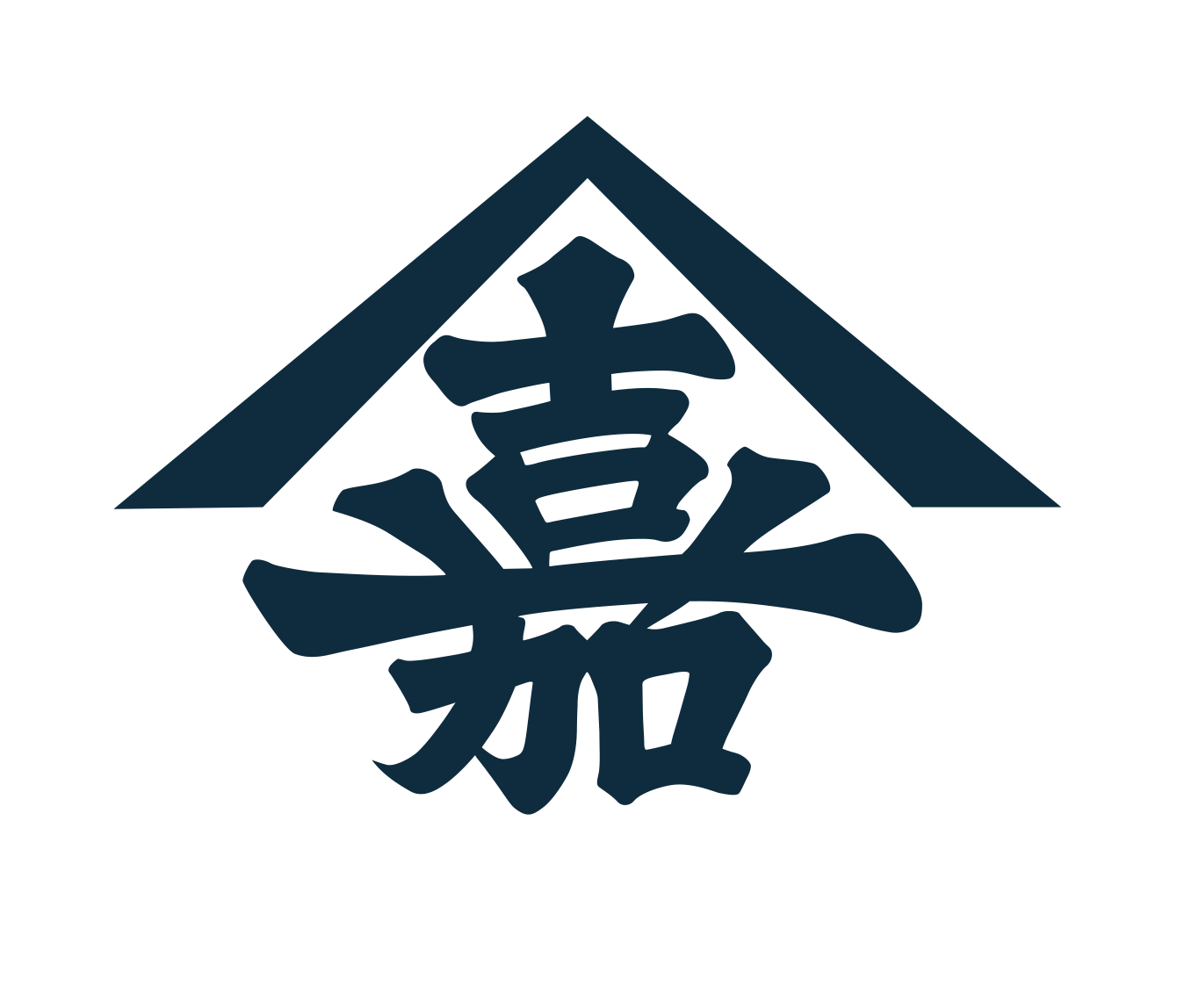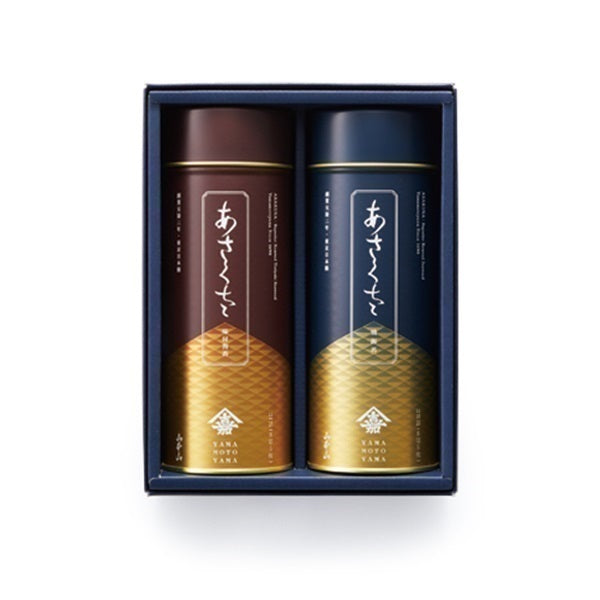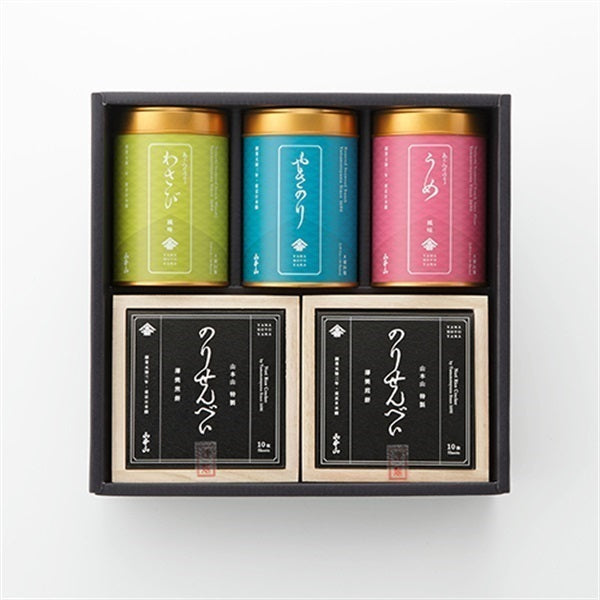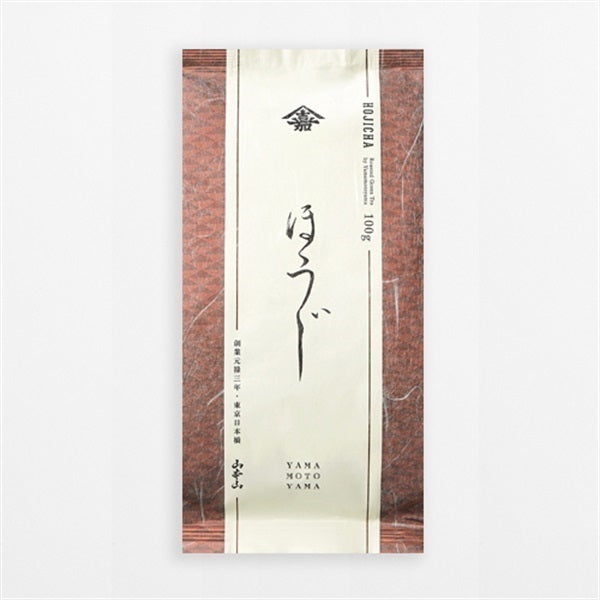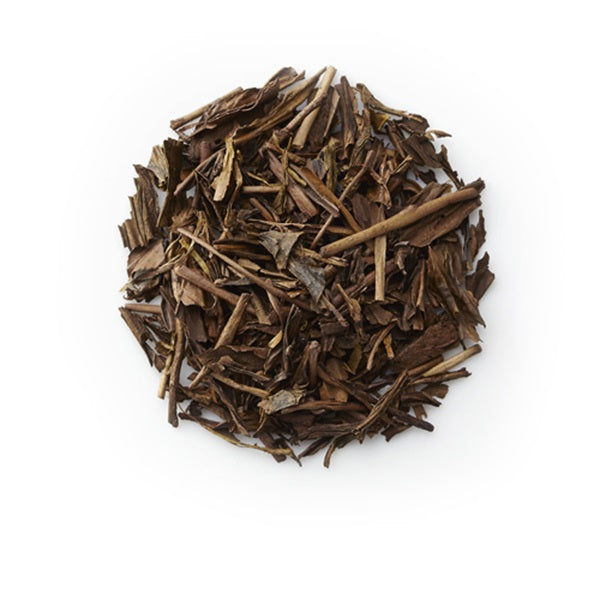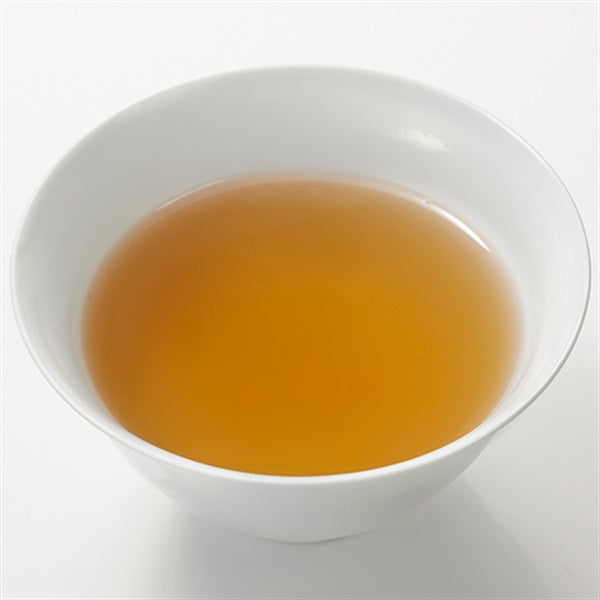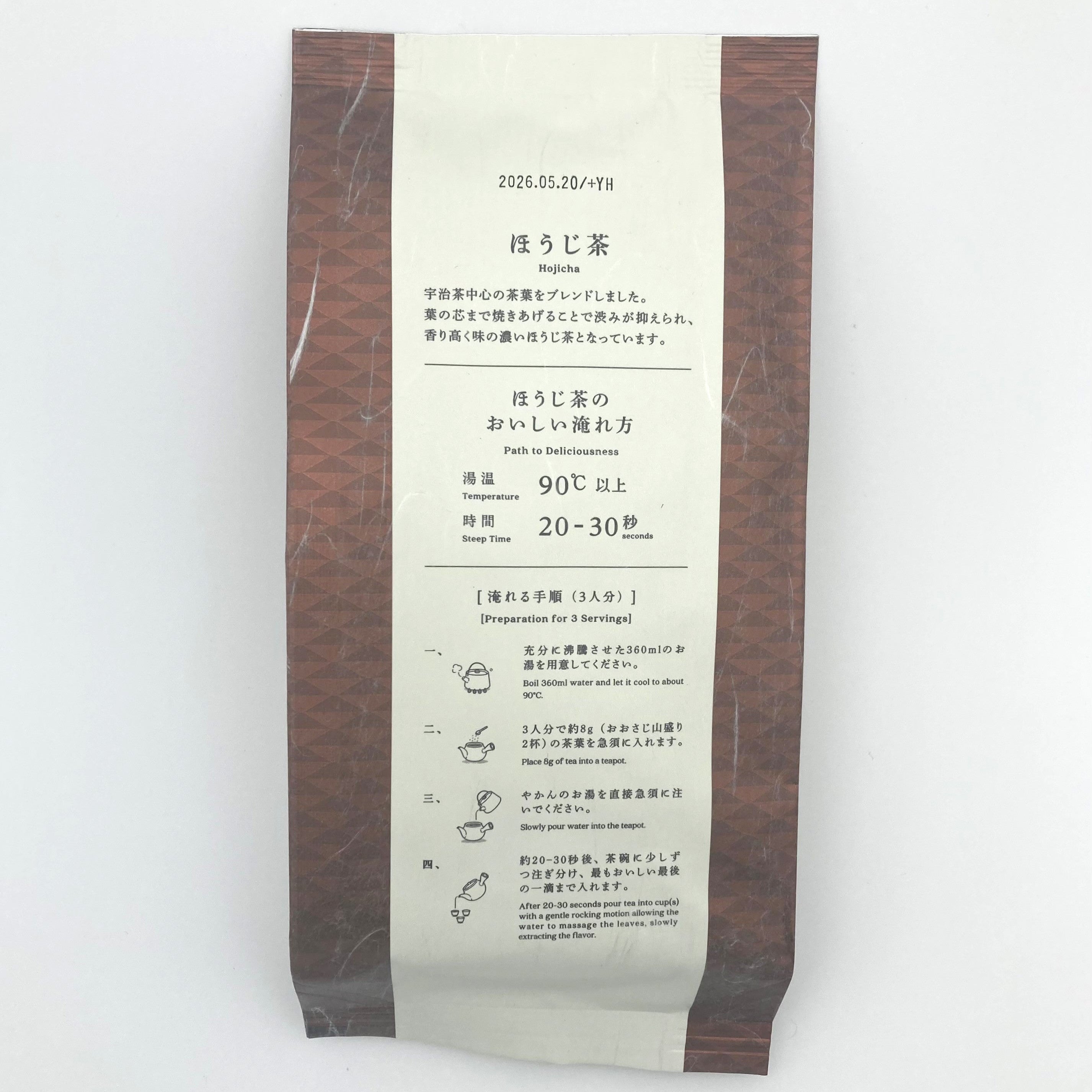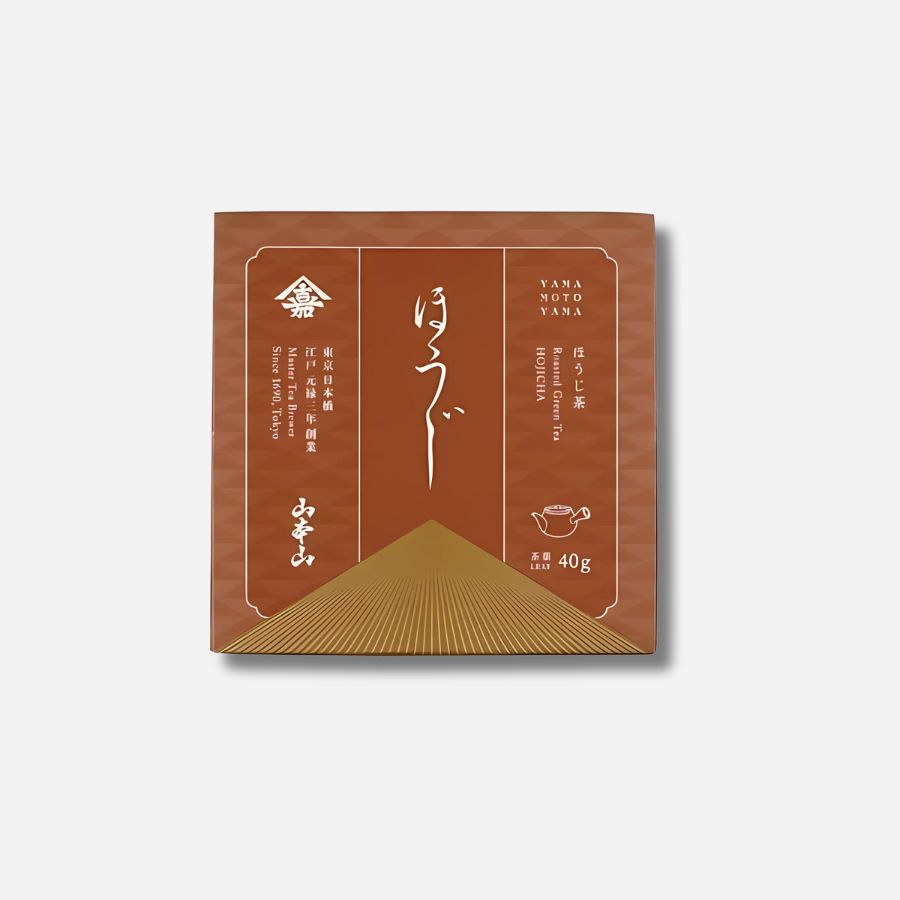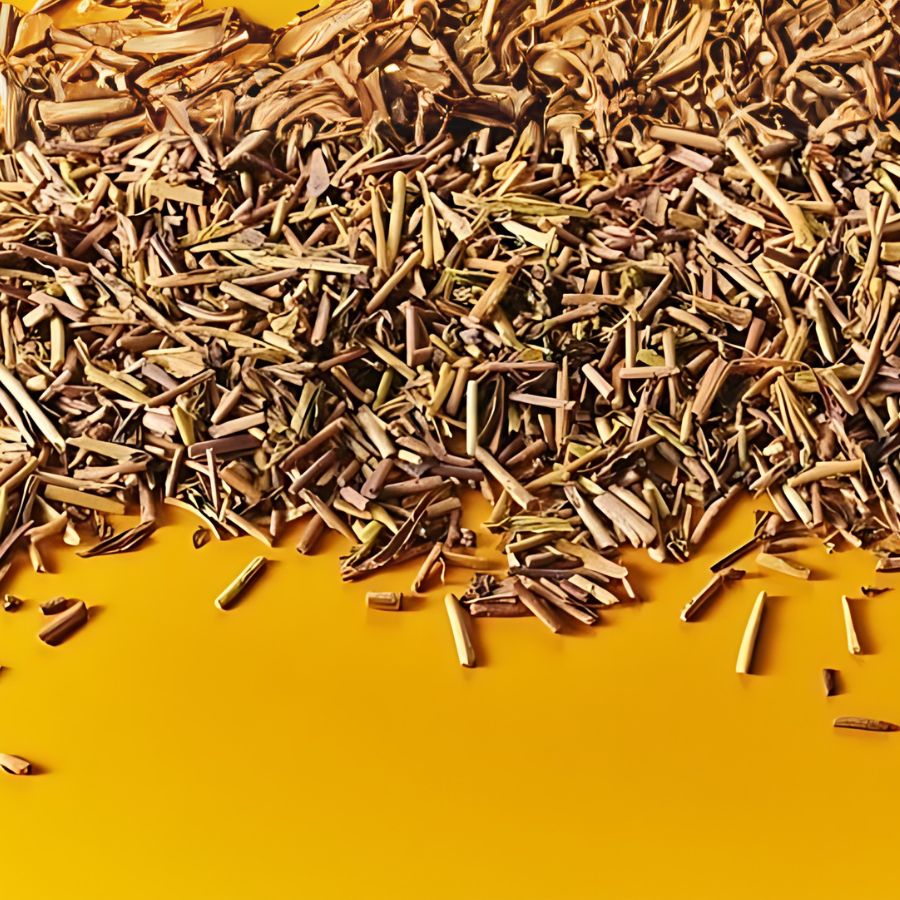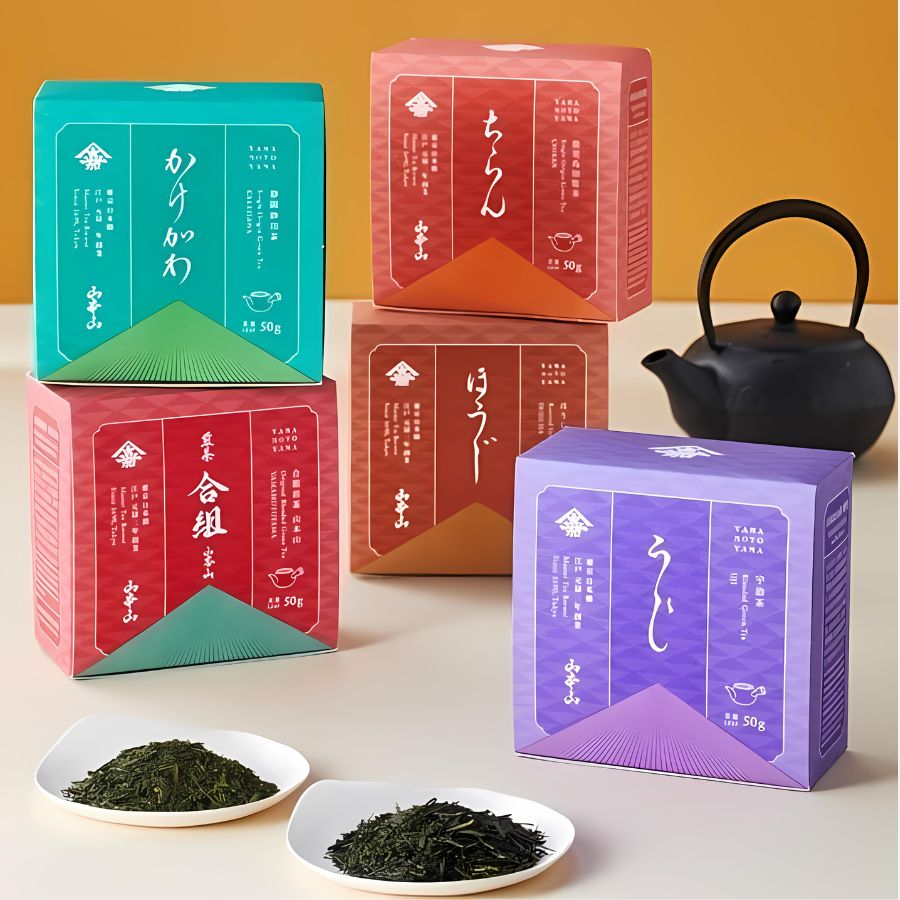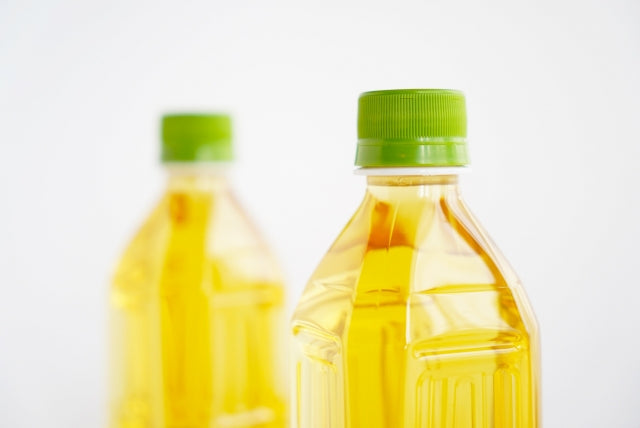
Explaining the differences between roasted green tea and green tea: The appeal of roasted green tea as revealed by its manufacturing process, tea leaves, and ingredients
Introduction
Green tea and roasted green tea are deeply rooted in our daily lives.
We see tea everywhere, both in stores and at home, but its color, aroma, and taste vary greatly. Have you ever wondered what the difference is between different types of tea?
In fact, although hojicha is a type of green tea, there are clear differences in the tea leaves used, the manufacturing process, and the health benefits it contains.
This time, we will explain the crucial differences between green tea and roasted green tea from these three perspectives and explore the profound appeal of each.

Difference 1: The quality of the tea leaves used and the time of picking
Hojicha is a type of green tea, so naturally it is made from tea leaves from the Camellia sinensis plant. However, there are big differences in the quality and picking time of the leaves.
The green tea we are familiar with on a daily basis comes in a variety of varieties, including the typical sencha, the high-quality gyokuro, and the matcha used in the tea ceremony.
Many of these green teas are made from tender new buds that sprout as early as early May or as late as July, which are then picked and steamed immediately.
It is characterized by its rich umami flavor extracted from soft tea leaves and its refreshing taste.

On the other hand, the main ingredient of roasted green tea is what is known as "bancha."
Bancha is made from mature, hard tea leaves that are picked in the summer or autumn after the harvest of the tender new leaves that are used to make gyokuro and sencha has ended.
Because they are picked later, they contain less amino acids, which give them a savory flavor, and less catechins, which give them a bitter taste, compared to new shoots, giving them a refreshing taste.

Difference 2: Manufacturing process
The biggest difference between green tea and roasted green tea is whether or not the tea is roasted during the manufacturing process.
In the production of green tea, freshly picked leaves are steamed immediately to maximize the tea leaves' natural flavor, including their vibrant green color, refreshing aroma, rich umami, and pleasant astringency.

In contrast, hojicha is made by slowly roasting bancha tea leaves, which have already been perfected as green tea, at an even higher temperature.
This roasting process is the biggest step that clearly distinguishes hojicha from other green teas.
Bancha tea leaves, which are originally green, turn a beautiful brown during the roasting process, giving rise to the fragrant aroma that is unique to roasted green tea.
The true nature of this aroma comes from volatile compounds such as pyrazines and furans, which are produced when the amino acids and sugars contained in the tea leaves undergo chemical changes due to heat.

Difference 3: Nutritional content, taste, and health benefits
Roasting brings about significant changes in the flavor, components, and potential health benefits of hojicha.
During the roasting process, the astringent catechin is broken down, resulting in a smoother taste with less astringency and bitterness. This gentle taste is one of the reasons why it is easy to drink even for those who don't like the bitterness of sencha.
Additionally, the heat causes some of the caffeine to evaporate, resulting in a slightly lower caffeine content than regular sencha.
Therefore, some people may feel that it is relatively safe to drink at night. However, if you brew it strong, it may contain the same amount of caffeine as regular sencha, so caution is advised.
In addition, vitamins C and K, which are abundant in green tea such as sencha, are broken down by heat during the roasting process, so hojicha tends to have a lower content of these vitamins.

The aromatic compounds contained in different types of tea also vary.
For example, sencha contains a refreshing woody scent called "green leaf alcohol," while gyokuro and tencha contain a lot of "dimethyl sulfide," a compound that has a unique flavor similar to green laver.
On the other hand, the distinctive fragrant aroma of roasted green tea is mainly due to a compound called "pyrazine," which has a relaxing effect and promotes blood circulation.

Tips for brewing delicious coffee
There are some key points to brewing each tea to bring out its full flavor.
Although it depends on the type of green tea, generally, brewing it with slightly cooled water (around 70-80°C) will result in a mellow flavor with a good balance of umami and astringency.
On the other hand, to bring out the aroma of hojicha, it is recommended to brew it with hot water. Pour in boiling water and let it steep for about 30 seconds, and the rich aroma that is unique to hojicha will rise.

summary
As you can see, green tea and roasted green tea are both popular in Japan, but they have very different personalities.
Although they are originally made from the same tea leaves, the color, aroma, taste, and even the ingredients they contain change through a unique process called roasting.
While green tea is bright green and has a refreshing aroma, flavor, and just the right amount of astringency, roasted green tea is a brown tea with a fragrant aroma and a mellow taste.
By understanding the ingredients and characteristics of each tea, such as catechins, which are abundant in green tea, and pyrazine, a fragrant component unique to roasted green tea, you will be able to enjoy even more the pleasure of choosing the perfect cup of tea for your mood and the occasion that day.
